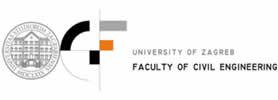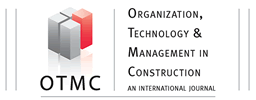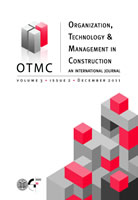Abstract:
Building Information Technology bears promise to bring
integration into fragmented AEC industry, as well as large
potentials for optimization and management of building performance
along life cycle. However, the adoption in Central
Europe is much slower than in the USA or Scandinavia; the
designers and planners are sceptical about BIM benefits. In
order to build up capabilities and thus support BIM adoption
in the practice, BIM skills have be built up already in university
teaching. This endeavour is the central aim of the BIM_sustain
project accomplished at the Vienna University of Technology.
In winter term 2012/13 and winter term 2013/14 we accomplished
interdisciplinary BIM-supported design labs with
student participants from architecture, civil engineering and
building science. The teams used different modelling and simulation
software constellations for building design and analysis.
The software-constellations were evaluated in terms of BIMinteroperability,
and the design process was documented by
means of time and activity assessment, surveys on team performance,
process satisfaction and technology acceptance and
focus group interviews. In this paper we will present the results
of the evaluation of both courses and analyse the differences
resulting from the different course design in the two consequent
terms. The first course was dominated by the issue of
interfaces, whereas the second course, where better functioning
software combinations in terms of data transfer were used,
was dominated by the issues related to the collaboration and
teamwork. Our results are not only informative for the configuration
of interdisciplinary BIM-supported university teaching,
but can be derived for the practice as well, especially in the
areas of project management, software usage, modelling conventions
or incentive systems.
Keywords: BIM; Exploratory study;
Colaboration; Simulation;
Analysis
|



 |
| 